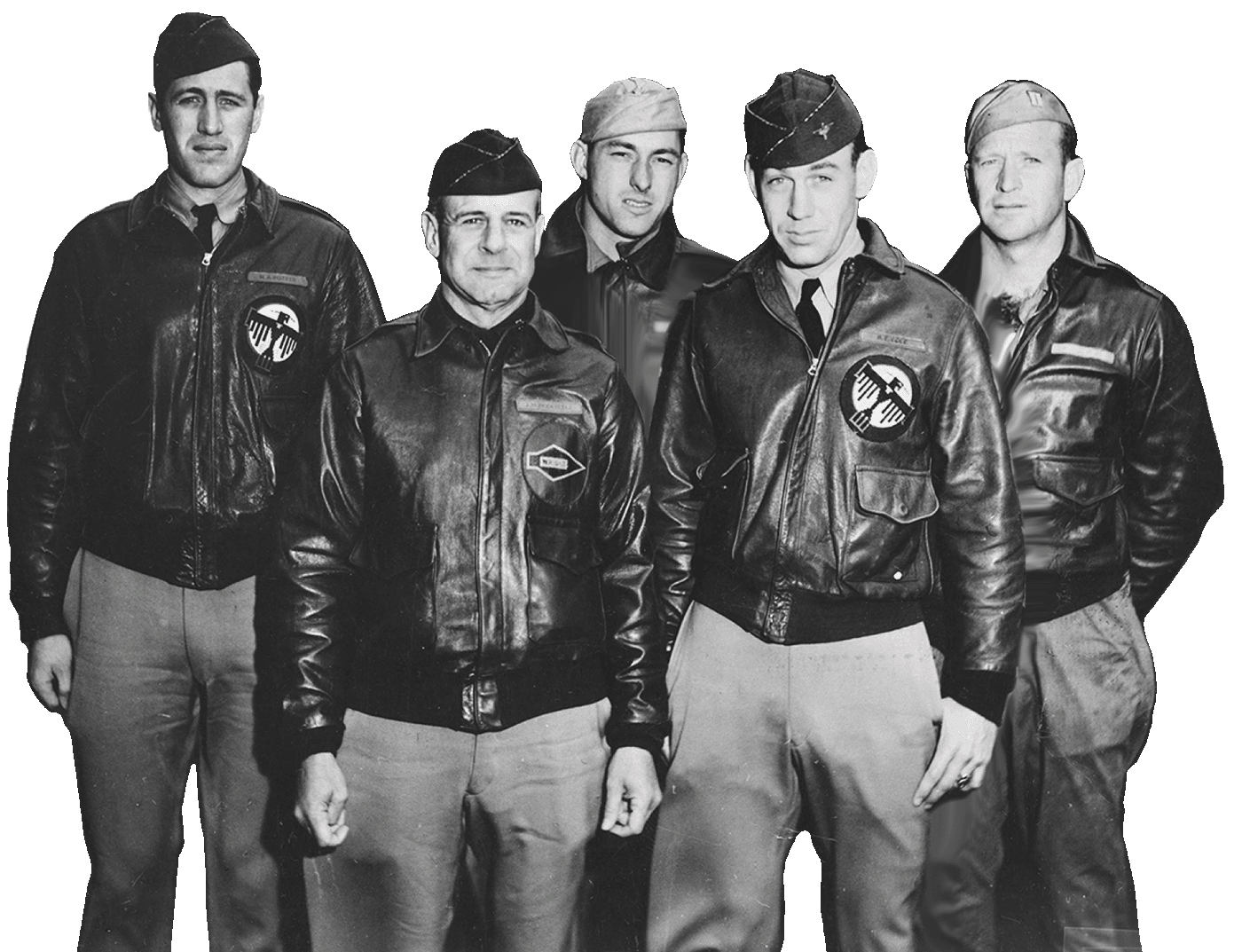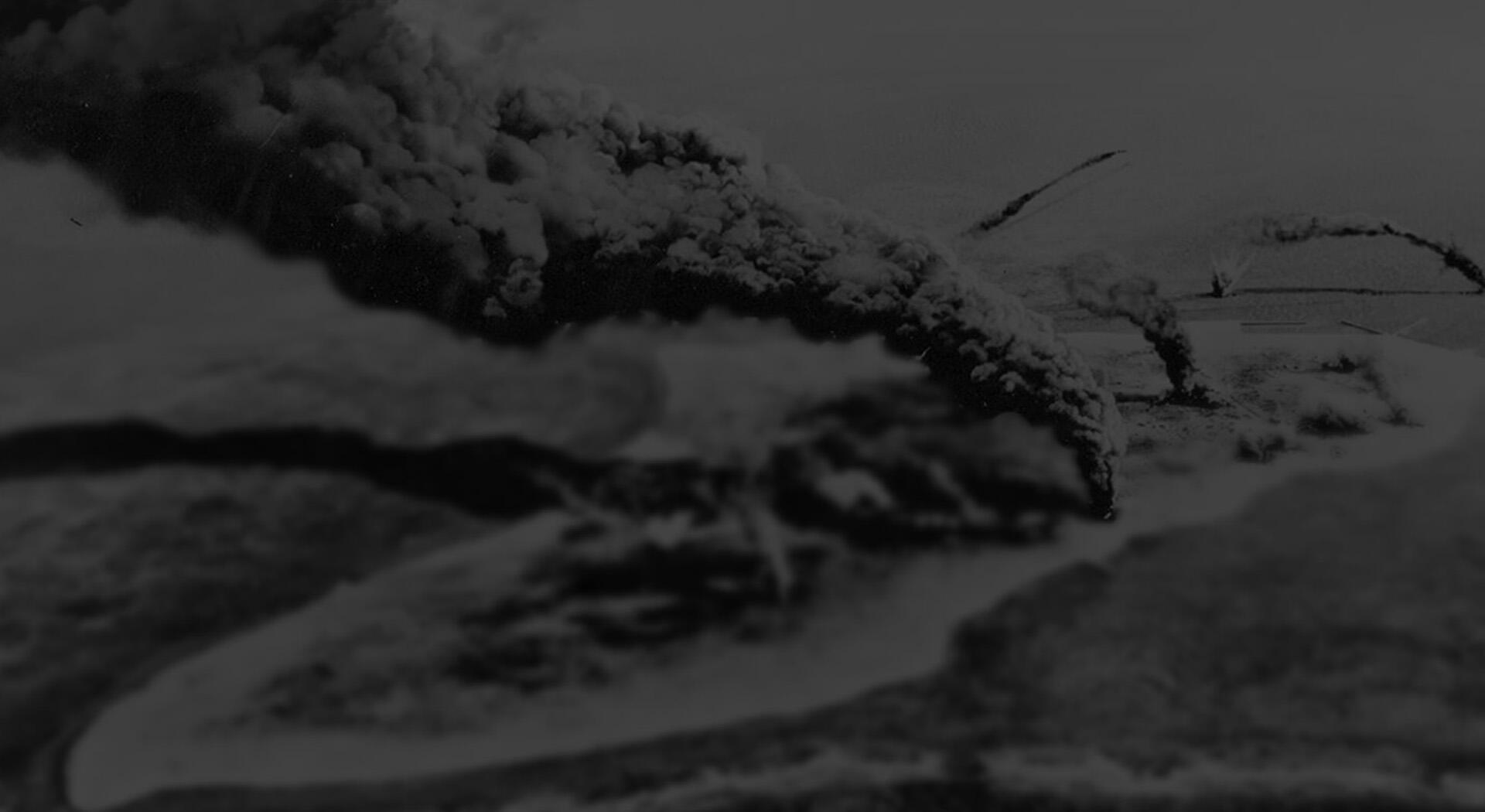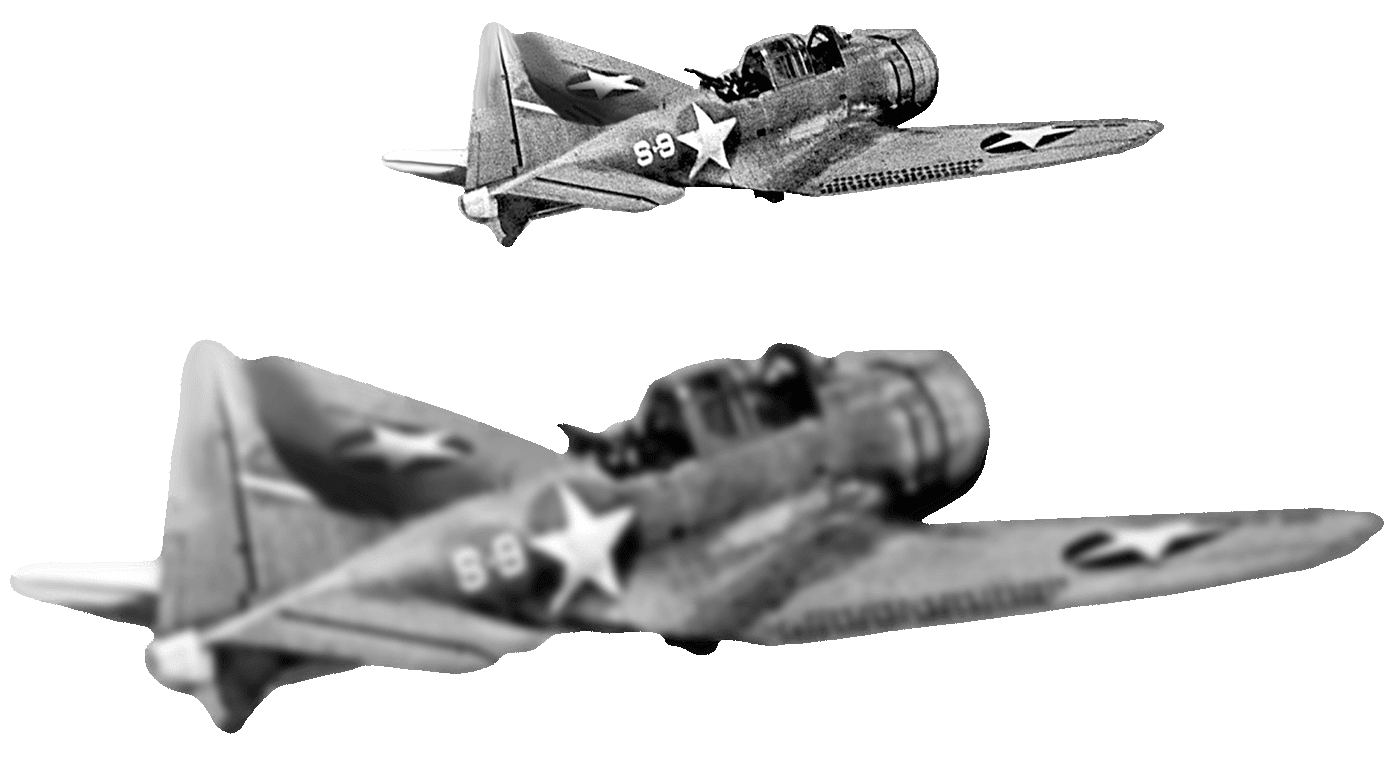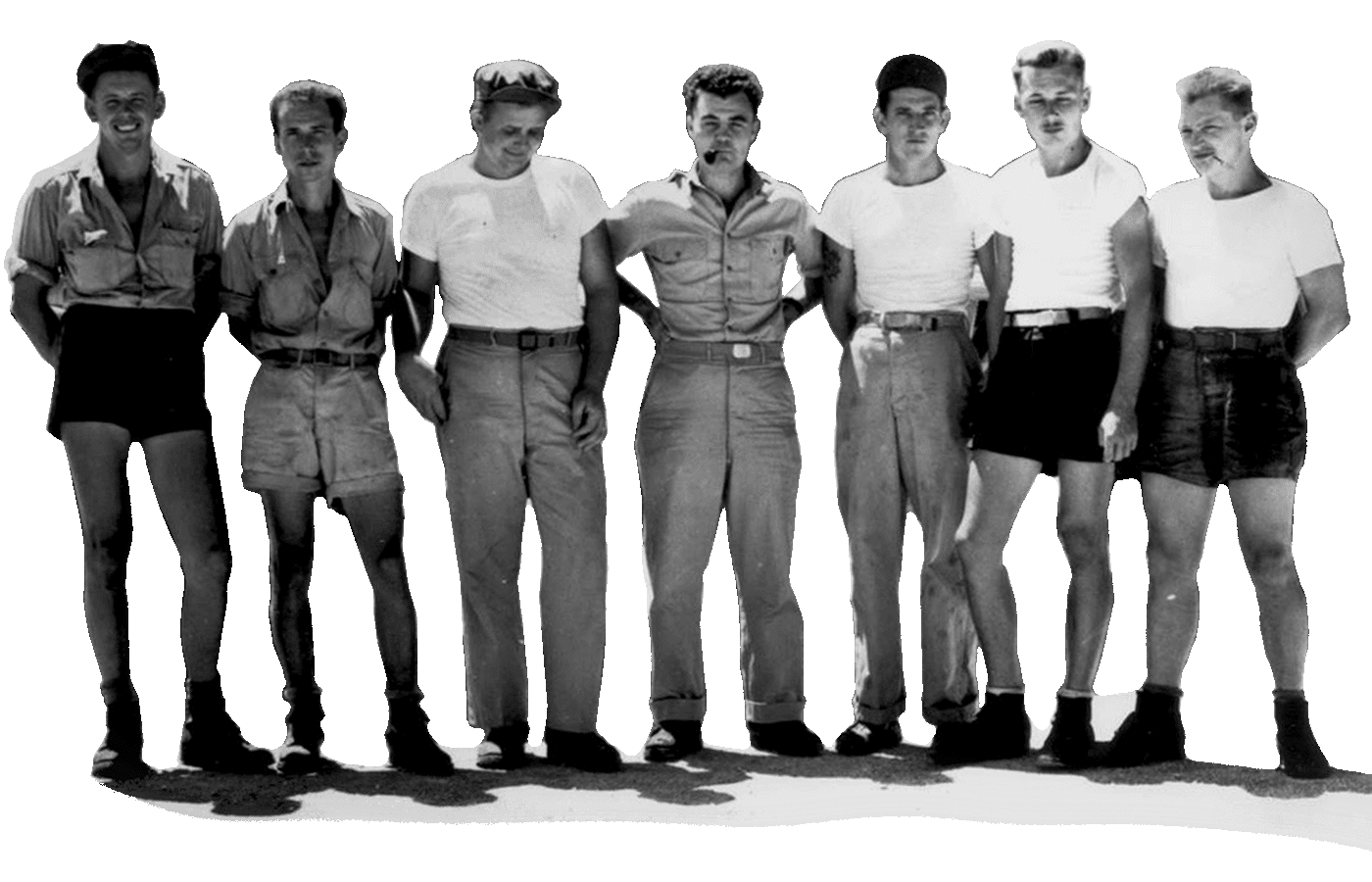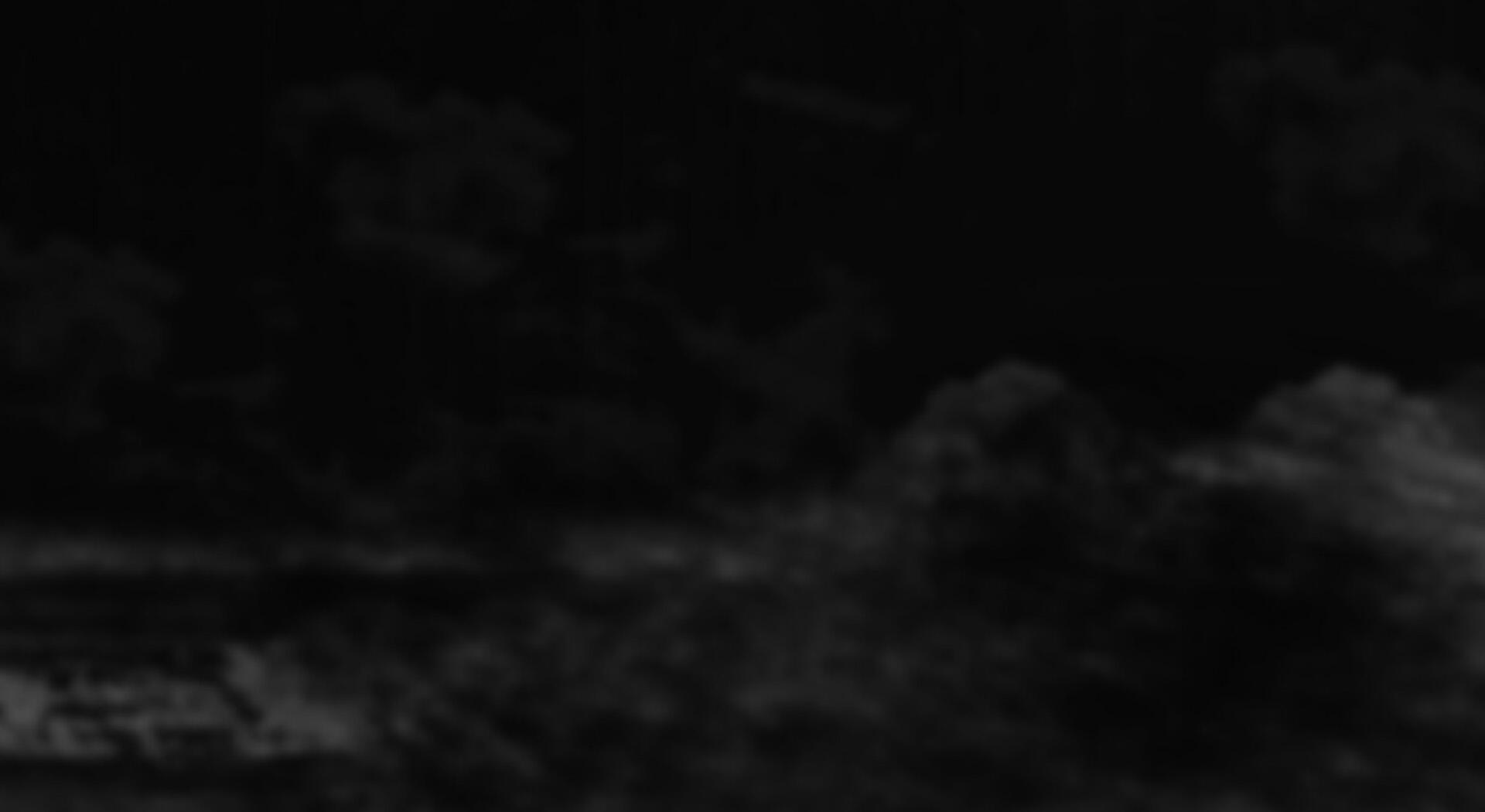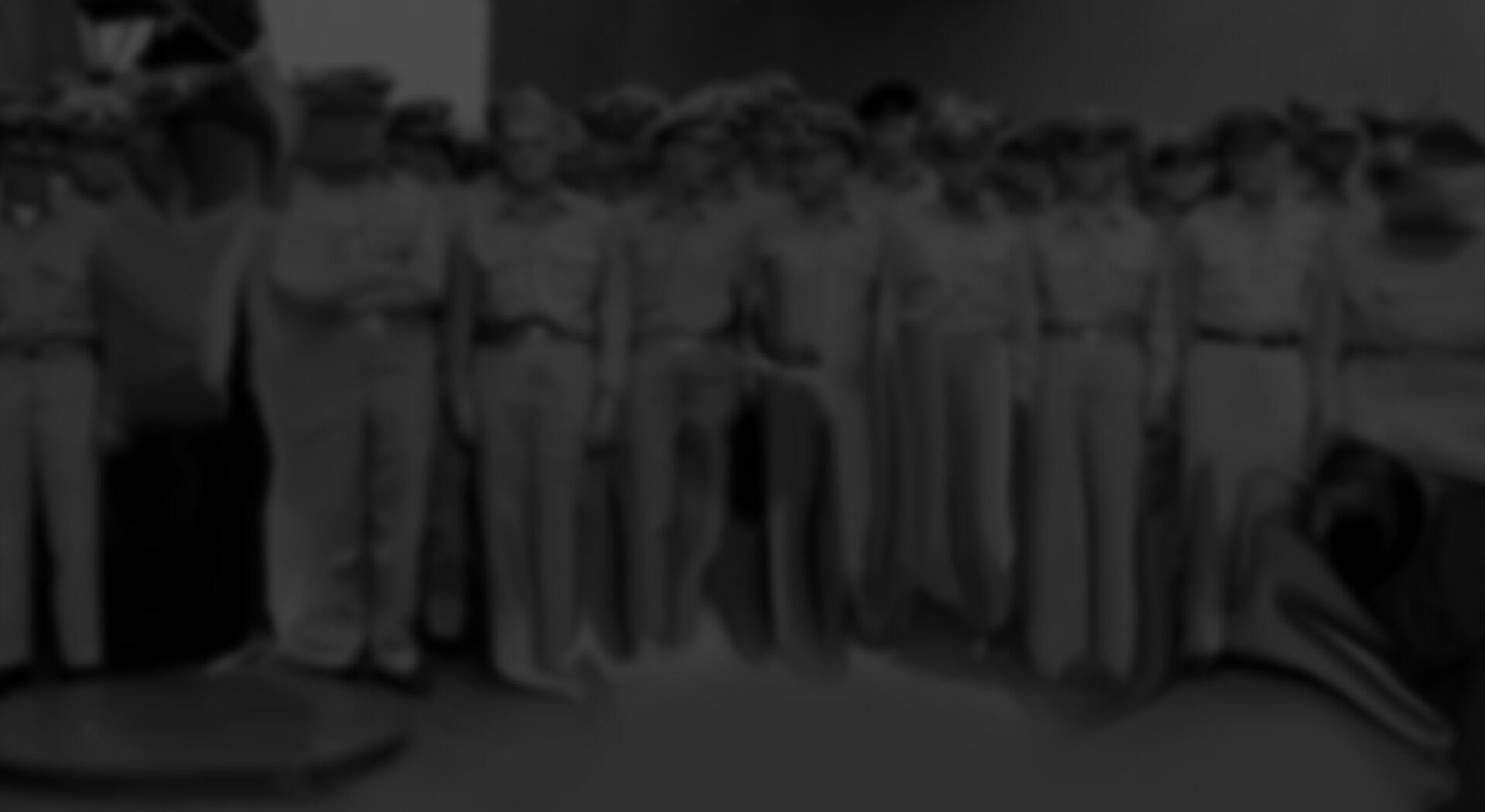Evening editions of daily newspapers spread the word. By evening, most of the country knows of the devastating attack.
With a promise to "make very certain that this form of treachery shall never endanger us again," President Roosevelt asks Congress to declare war on Japan. Congress approves, and three days later, Germany and Italy formally declare war on the U.S., bringing the country into World War lI.






